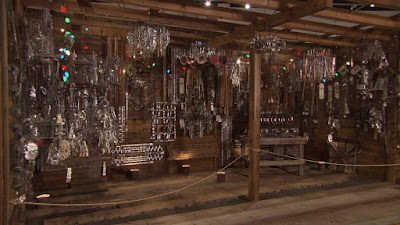To interact with this project, the screen was divided into three parts. On the central area, a didinium was shown. When moving the cursor to the left side, it switched to a paramecium, which would be eaten by didinium if the space key was pressed. Then when moving to the right side of the screen, I placed an animation that showed the approximate size of didinium compared to a copepod, or in specifically, a Copepoda Calanoida. Same setting as the left side, pressing the space key would show how didinium became a prey of copepod.
Life Pixel was set up at the second floor of DMV building in University of Nevada, Reno. Unfortunately, because the exhibition was hold at the final week of school, there were very few people around the building. Two of my classmates had come and interact with my project, and the reaction was quite well. For anything to be improved, I think I should have a clear sign to briefly introduce my project. And because I wanted people to interact with my project by themselves, I was intentionally keeping a little distance away from my project. But since there were not much people around, I should encourage anyone who passed by to play with it. Overall, I really enjoyed the process of making this project. Although it was struggling to learn coding from zero, the experience of making animation and knowing how to work with Processing were definitely valuable to me.
The demo video of Life Pixel.


































